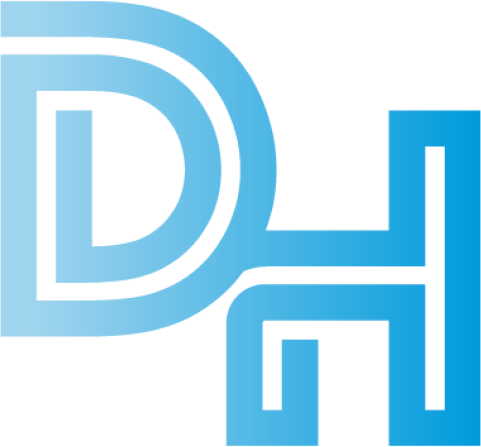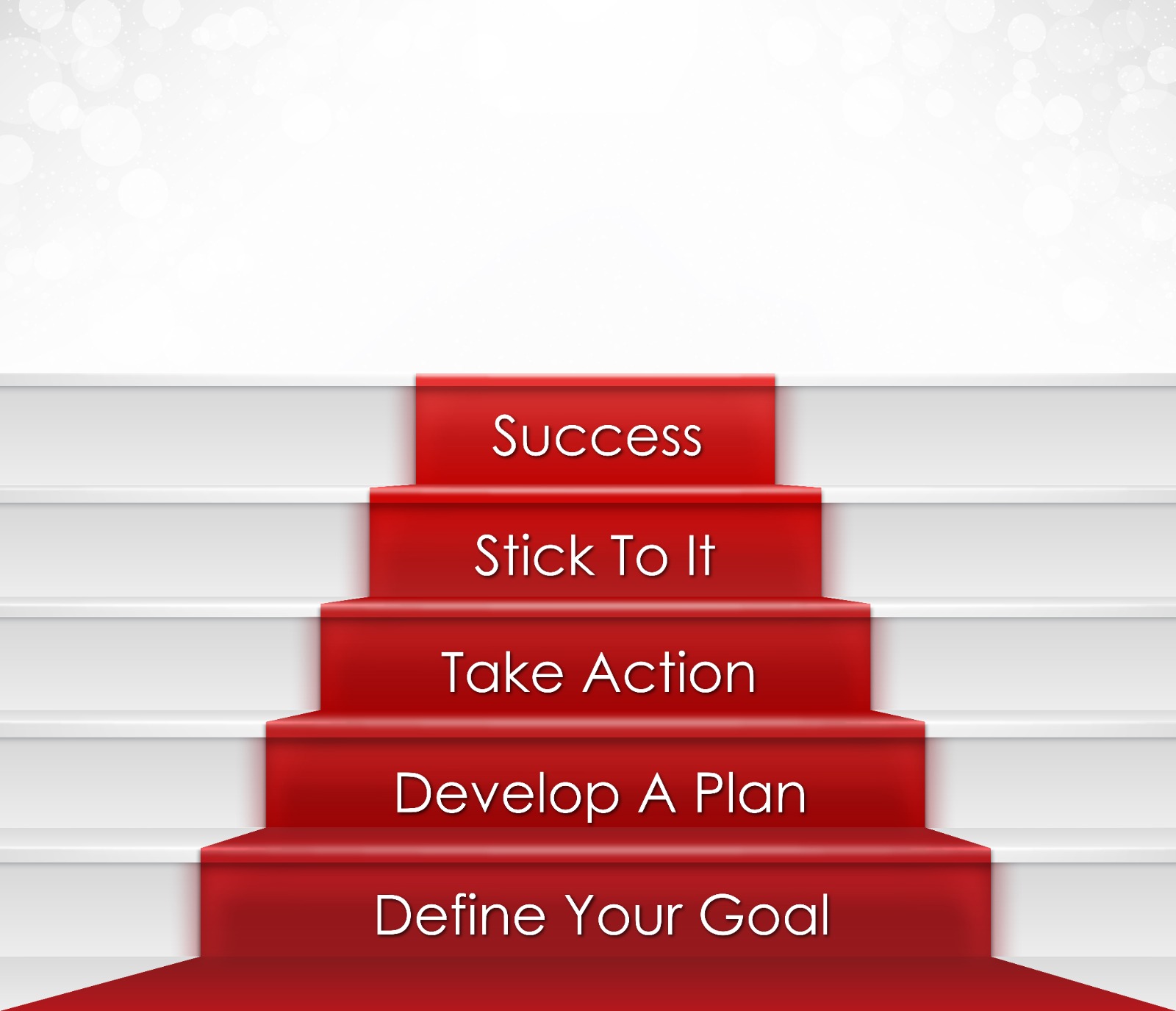
The Benefits of SWOT Analysis in Strategic Decision Making and Business Growth
In today’s constantly evolving and dynamic business environment, making strategic decisions is an essential component of business success. To survive and thrive in a competitive marketplace, businesses must remain proactive,
Continue readingThe Benefits of SWOT Analysis in Strategic Decision Making and Business Growth








